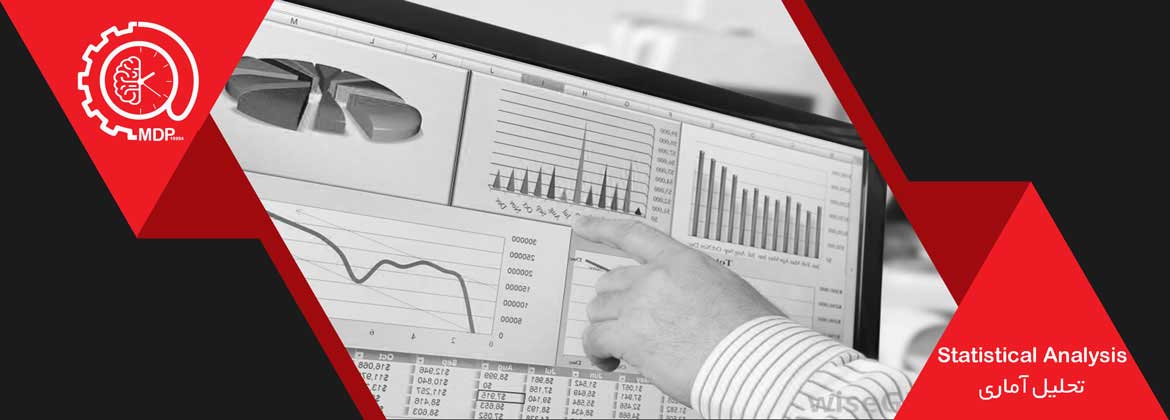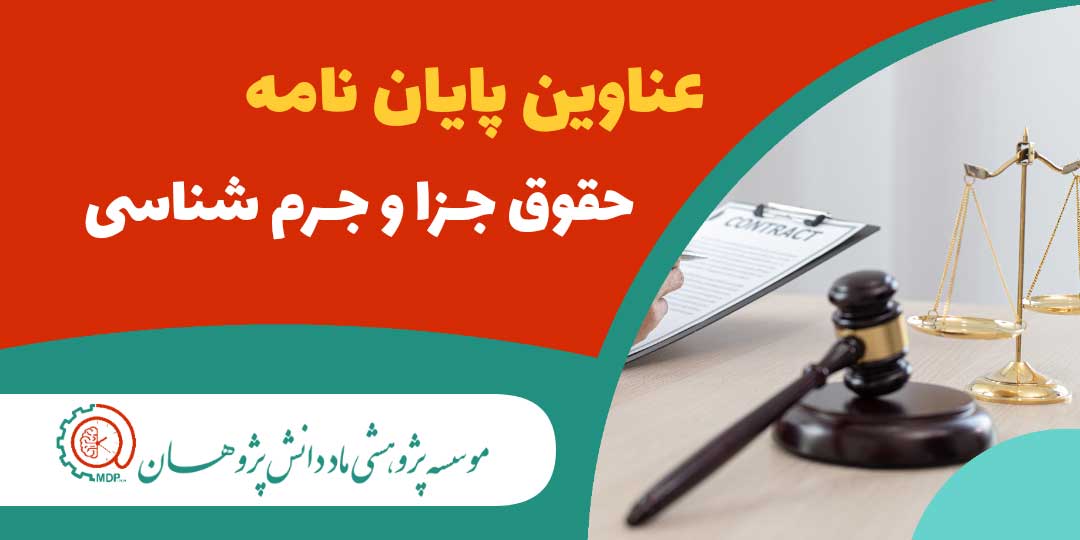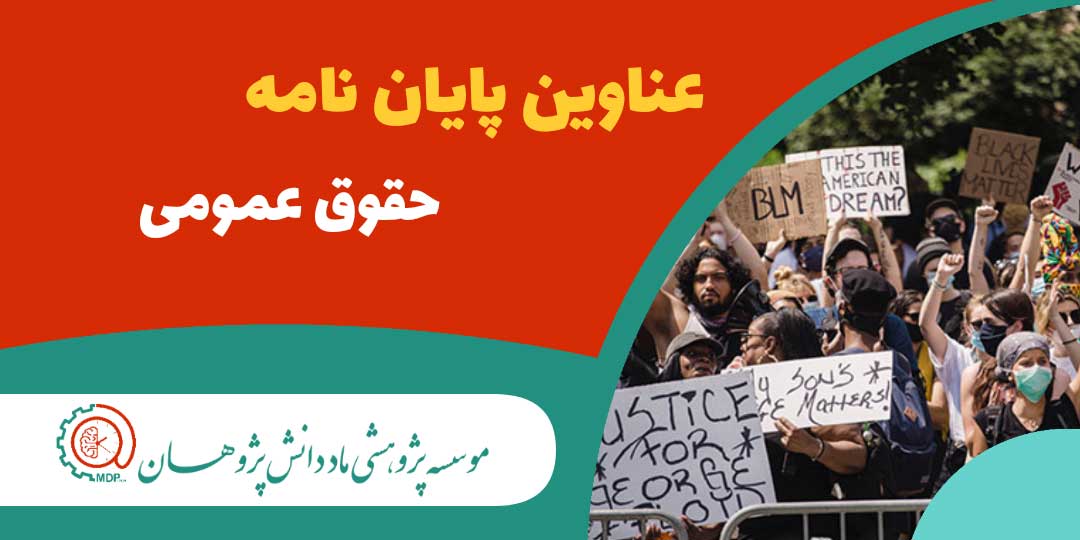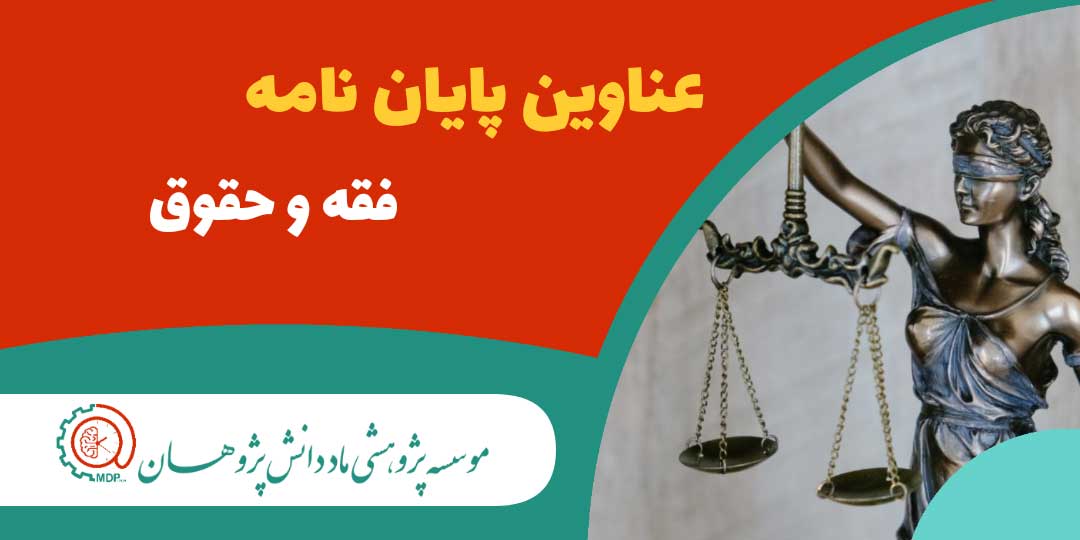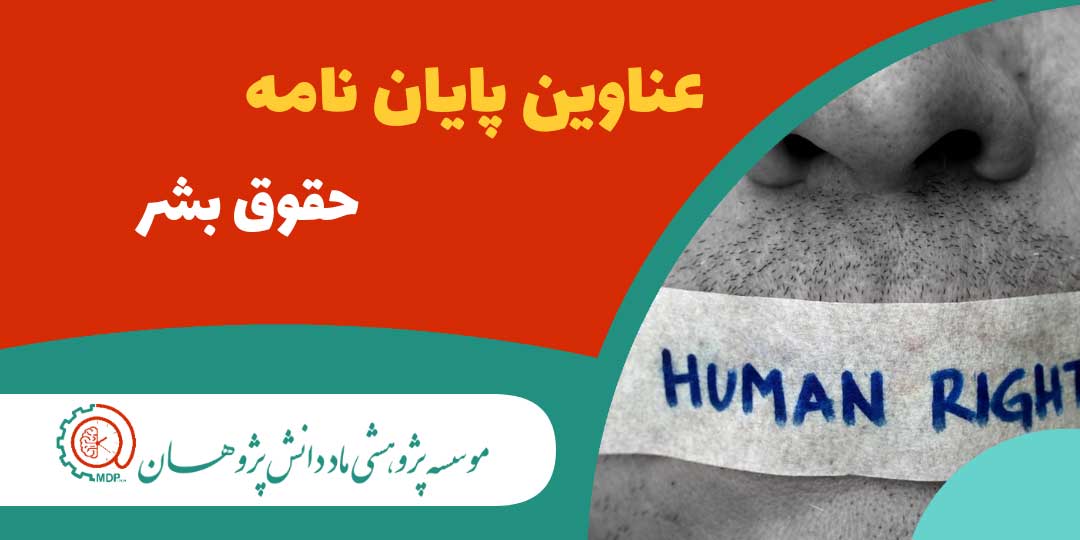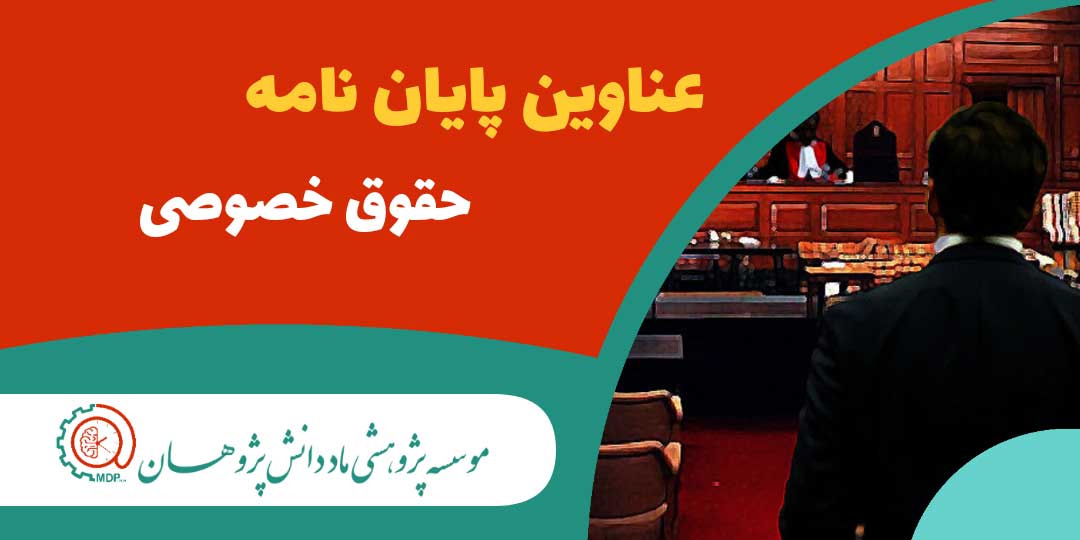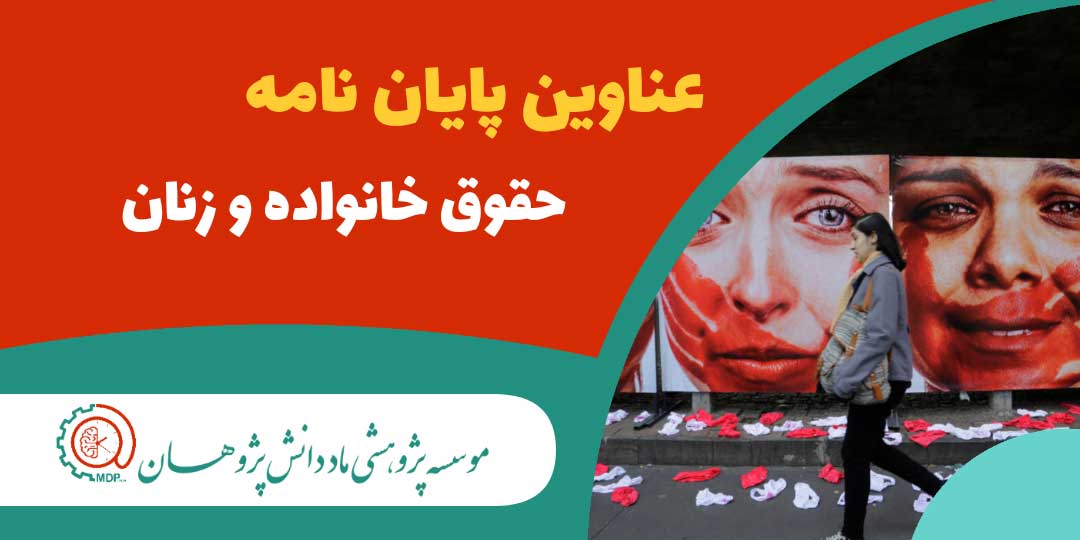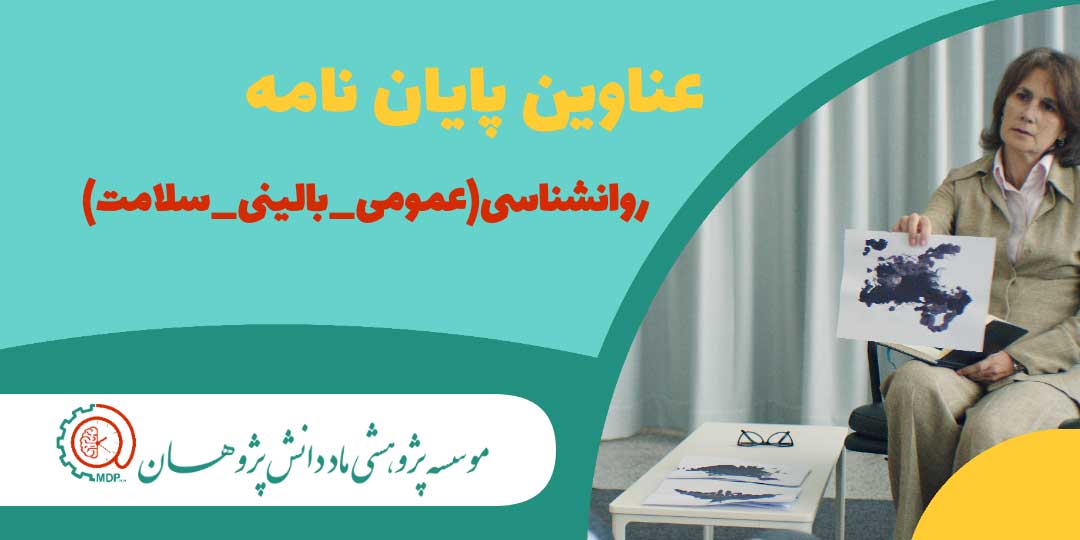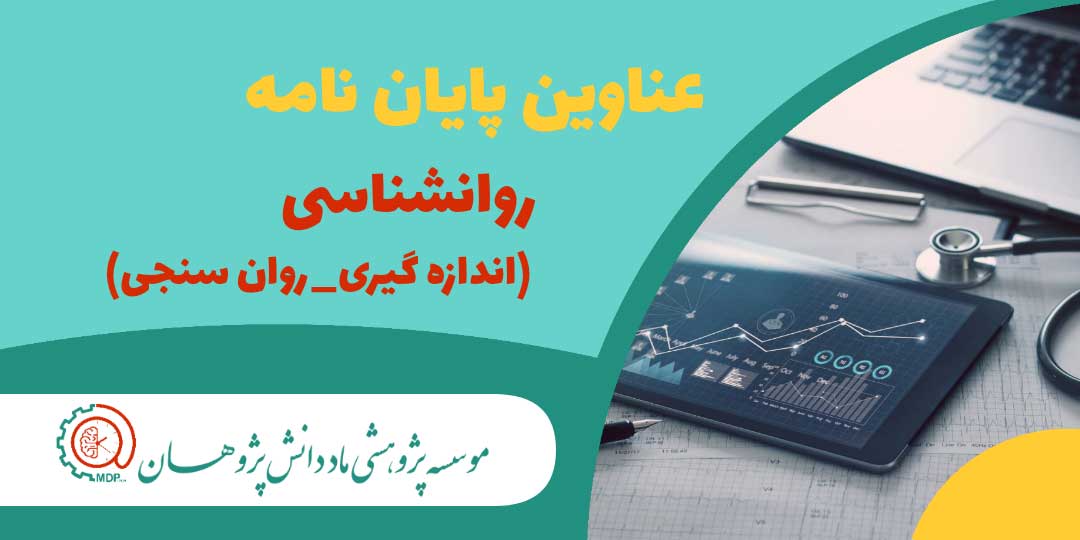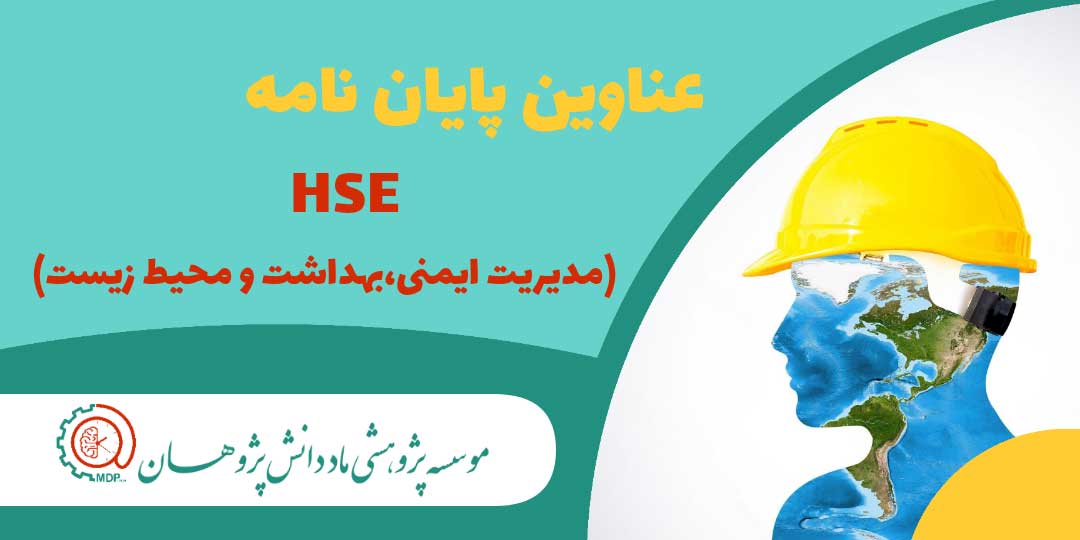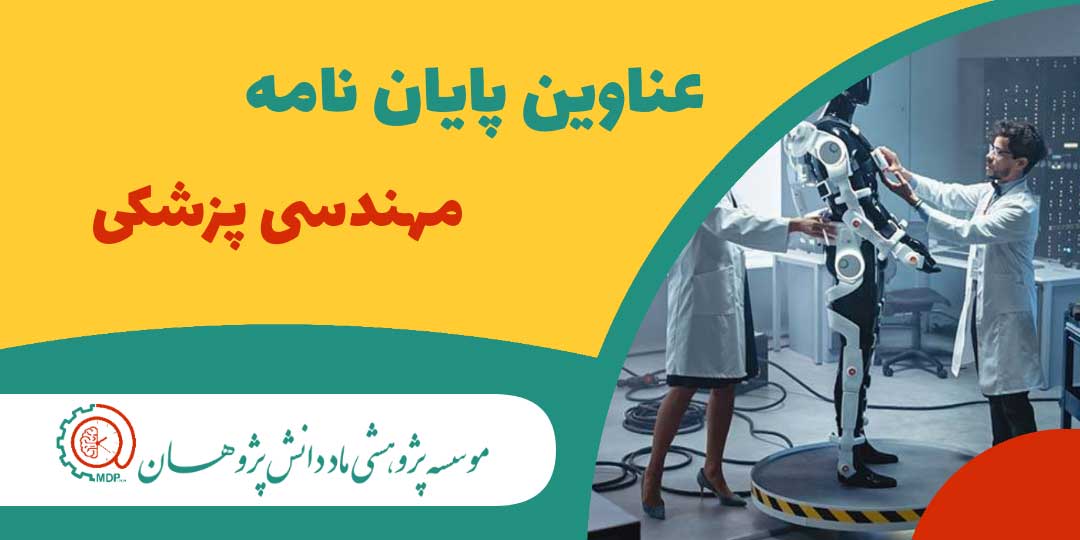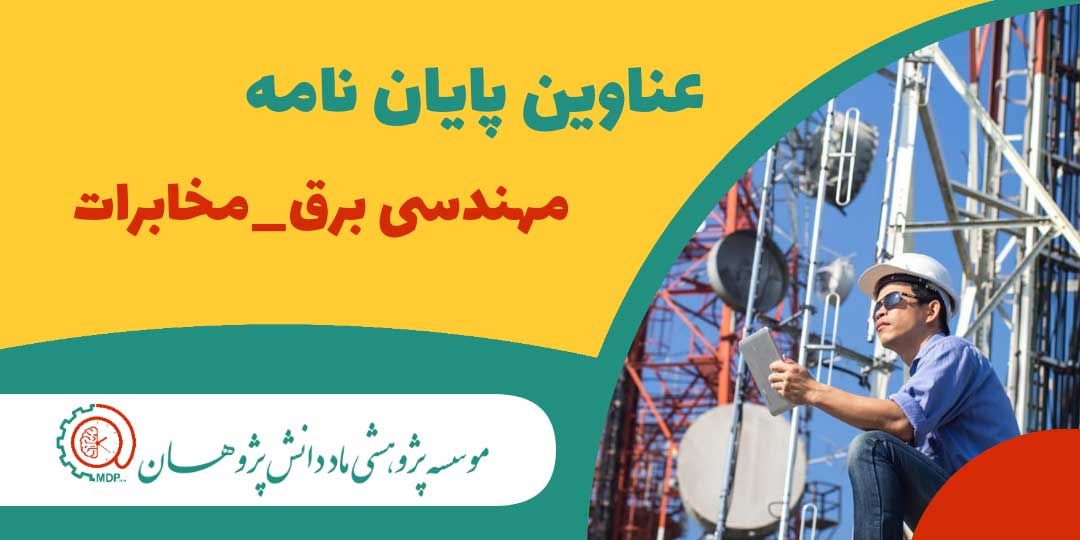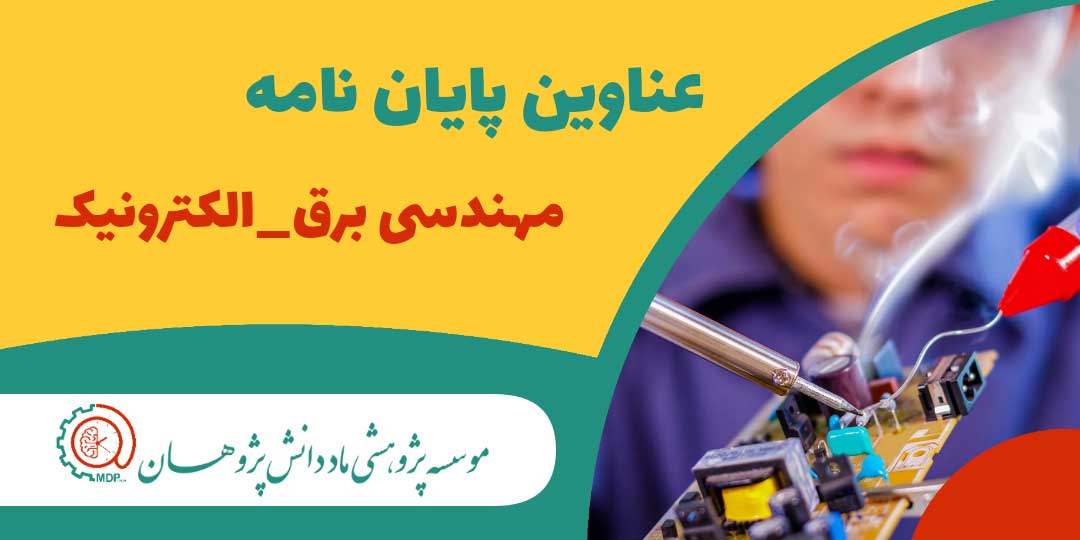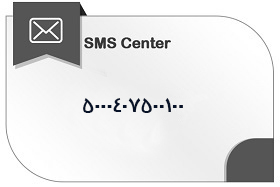برای دریافت مشاوره و خدمات سفارش استخراج مقاله از رساله دکتری می توانید با موسسه ماد دانش پژوهان تماس حاصل فرمایید:
شماره تماس:
ارسال پیام واتساپ:
اهمیت استخراج مقاله از رساله دکتری
استخراج مقاله از رساله دکتری اهمیت زیادی در ارتقای جایگاه علمی پژوهشگر دارد زیرا نتایج تحقیقات گسترده و عمیق رساله در قالب مقالات علمی منتشر می شود و در دسترس جامعه علمی قرار می گیرد. این اقدام موجب شناخته شدن پژوهشگر در سطح ملی و بین المللی و افزایش اعتبار علمی او خواهد شد.
انتشار مقالات استخراج شده از رساله دکتری باعث افزایش تعداد آثار علمی پژوهشگر و ارتقای شاخص های پژوهشی مانند اچ ایندکس می شود. این شاخص ها در ارزیابی های دانشگاهی، ارتقای مرتبه علمی و کسب فرصت های پژوهشی نقش مهمی دارند و جایگاه پژوهشگر را در میان همتایان علمی تقویت می کنند.
استخراج مقاله از رساله دکتری زمینه ساز همکاری های علمی گسترده تر و مشارکت در پروژه های بین المللی خواهد بود. پژوهشگر با انتشار یافته های خود در قالب مقاله، امکان تعامل با سایر محققان را پیدا کرده و مسیر توسعه علمی و حرفه ای خود را هموار می سازد.
تفاوت ها با مقالات علمی پژوهشی
رساله دکتری از نظر حجم و گستره مطالب بسیار جامع و مفصل است و معمولاً شامل بررسی های گسترده، مرور ادبیات کامل، روش شناسی دقیق و تحلیل های عمیق می باشد. در مقابل، مقاله علمی پژوهشی باید به صورت خلاصه و متمرکز نوشته شود و تنها بخش های کلیدی شامل مسئله تحقیق، روش، یافته ها و نتیجه گیری را در بر گیرد.
از نظر ساختار، رساله دکتری دارای فصل های متعدد مانند مقدمه، مرور ادبیات، روش تحقیق، یافته ها، بحث، نتیجه گیری و پیشنهادات است. در حالی که مقاله علمی پژوهشی معمولاً در قالب بخش های محدود و استاندارد شامل عنوان، چکیده، مقدمه، روش، نتایج، بحث و نتیجه گیری تنظیم می شود و از جزئیات گسترده پرهیز می گردد.
تفاوت دیگر در سطح مخاطب و هدف انتشار است. رساله دکتری بیشتر برای ارزیابی علمی دانشجو توسط هیئت داوران دانشگاه تدوین می شود و هدف آن نشان دادن توانایی پژوهشگر در انجام یک تحقیق جامع است. اما مقاله علمی پژوهشی برای انتشار در مجلات معتبر داخلی و بین المللی نوشته می شود و هدف آن ارائه یافته های اصلی به جامعه علمی و افزایش اعتبار پژوهشگر است.
از نظر سبک نگارش نیز تفاوت هایی وجود دارد. رساله دکتری معمولاً با جزئیات کامل و توضیحات گسترده همراه است تا تمامی مراحل تحقیق روشن شود، در حالی که مقاله علمی پژوهشی باید با زبان روان، علمی و مختصر نوشته شود و تنها بر نتایج و تحلیل های اصلی تمرکز داشته باشد تا برای داوران و خوانندگان قابل استفاده و ارزیابی سریع باشد.
اصول انتخاب بخش کلیدی رساله
انتخاب بخش های کلیدی رساله برای تبدیل به مقاله نیازمند دقت و رعایت اصول علمی است. نخستین اصل، تمرکز بر اهداف و مسئله اصلی تحقیق می باشد. پژوهشگر باید از میان محتوای گسترده رساله، بخش هایی را انتخاب کند که به طور مستقیم به پرسش های تحقیق پاسخ می دهند و ارزش علمی بالایی دارند. این رویکرد موجب می شود مقاله دارای انسجام و هدفمند باشد.
اصل دوم، انتخاب نتایج و یافته های مهم است. در رساله دکتری معمولاً حجم زیادی از داده ها و تحلیل ها ارائه می شود، اما در مقاله باید تنها نتایج کلیدی و قابل استناد مطرح شوند. تمرکز بر یافته های اصلی باعث می شود مقاله برای داوران و خوانندگان جذاب تر و کاربردی تر باشد.
اصل سوم، توجه به روش تحقیق و چارچوب علمی است. مقاله باید روش شناسی تحقیق را به صورت خلاصه و شفاف بیان کند تا قابلیت ارزیابی و تکرار داشته باشد. بنابراین انتخاب بخش هایی از رساله که روش تحقیق را توضیح می دهند، اهمیت زیادی در تبدیل آن به مقاله دارد.
حذف جزئیات غیرضروری و تمرکز بر ساختار استاندارد مقاله ضروری است. رساله شامل توضیحات گسترده، مرور ادبیات مفصل و پیوست های متعدد است که برای مقاله مناسب نیستند. پژوهشگر باید این بخش ها را کنار گذاشته و محتوای اصلی را در قالب استاندارد مقاله علمی شامل مقدمه، روش، نتایج، بحث و نتیجه گیری بازنویسی کند.
استاندارد نگارشی و فرمت بندی
استانداردهای نگارشی و فرمت بندی در استخراج مقاله از رساله دکتری نخست بر اختصار و تمرکز بر محتوای اصلی تأکید دارند. رساله دکتری معمولاً شامل جزئیات گسترده و توضیحات مفصل است، در حالی که مقاله علمی باید تنها بر اهداف، روش تحقیق، نتایج کلیدی و بحث های اصلی تمرکز کند. این رویکرد موجب انسجام متن و افزایش شانس پذیرش در مجلات علمی می شود.
اصل دوم، رعایت ساختار استاندارد مقاله علمی است. مقاله باید دارای بخش های مشخص شامل عنوان، چکیده، مقدمه، روش تحقیق، یافته ها، بحث و نتیجه گیری باشد. هر بخش باید به صورت خلاصه و دقیق تدوین شود تا مقاله علاوه بر رعایت اصول علمی، قابلیت ارزیابی سریع توسط داوران مجلات را داشته باشد.
اصل سوم، توجه به زبان علمی و ارجاع دهی صحیح است. مقاله باید با زبان روان، علمی و بدون ابهام نوشته شود و منابع مورد استفاده به شیوه استاندارد بین المللی مانند APA یا MLA ذکر شوند. رعایت این اصول موجب افزایش اعتبار مقاله و جلوگیری از مشکلاتی مانند سرقت علمی یا رد شدن در فرآیند داوری خواهد شد.
تطبیق با دستورالعمل های مجلات علمی یکی از مهم ترین استانداردها در فرمت بندی مقاله است. هر مجله دارای الزامات خاصی در زمینه تعداد کلمات، شیوه نگارش جداول و نمودارها، سبک ارجاع دهی و قالب بندی متن است. موسسات معتبر یا پژوهشگر باید مقاله را مطابق با این دستورالعمل ها آماده کنند تا مسیر پذیرش و انتشار هموار گردد.
افزایش استناد و شاخص علمی
استخراج مقاله از رساله دکتری نقش مهمی در افزایش میزان استنادها دارد زیرا نتایج و یافته های پژوهش در قالب مقالات علمی منتشر می شوند و در دسترس جامعه علمی قرار می گیرند. این امر موجب می شود سایر پژوهشگران در تحقیقات خود به این مقالات ارجاع دهند و اعتبار علمی نویسنده افزایش یابد.
انتشار مقالات استخراج شده از رساله دکتری باعث ارتقای شاخص های علمی پژوهشگر مانند اچ ایندکس و تعداد مقالات نمایه شده در پایگاه های معتبر می شود. این شاخص ها در ارزیابی های دانشگاهی، ارتقای مرتبه علمی و کسب فرصت های پژوهشی نقش کلیدی دارند و جایگاه پژوهشگر را در سطح ملی و بین المللی تقویت می کنند.
افزایش استنادها و ارتقای شاخص های علمی حاصل از استخراج مقاله، زمینه ساز حضور فعال تر پژوهشگر در پروژه های علمی مشترک و همکاری های بین المللی خواهد شد. این امر مسیر توسعه علمی و حرفه ای پژوهشگر را هموار کرده و جایگاه او را در جامعه علمی جهانی تثبیت می کند.
چالش های فرآیند استخراج مقاله
یکی از چالش های رایج در فرآیند استخراج مقاله از رساله دکتری، حجم زیاد و گستردگی مطالب رساله است. رساله معمولاً شامل جزئیات فراوان، توضیحات مفصل و داده های گسترده می باشد که برای مقاله علمی مناسب نیستند. راهکار رفع این مشکل، تمرکز بر بخش های کلیدی شامل اهداف، روش تحقیق، یافته ها و نتیجه گیری و حذف جزئیات غیرضروری است تا مقاله دارای انسجام و اختصار لازم باشد.
چالش دوم، رعایت استانداردهای نگارشی و ساختاری مجلات علمی است. بسیاری از پژوهشگران در تبدیل رساله به مقاله با مشکل تطبیق فرمت و سبک نگارش با دستورالعمل های مجلات مواجه می شوند. راهکار این مسئله، مطالعه دقیق راهنمای نگارش هر مجله و استفاده از خدمات موسسات معتبر یا ویراستاران علمی برای تطبیق مقاله با استانداردهای بین المللی است.
چالش سوم، انتخاب مجله مناسب برای انتشار مقاله می باشد. پژوهشگران گاهی مجلاتی را انتخاب می کنند که با موضوع یا سطح علمی مقاله همخوانی ندارند و این امر موجب رد شدن مقاله در مراحل اولیه داوری می شود. راهکار رفع این مشکل، مشاوره با متخصصان یا موسسات معتبر و بررسی شاخص های علمی مجلات مانند ضریب تأثیر و نمایه شدن در پایگاه های معتبر است.
رعایت اصول اخلاق پژوهش یکی از چالش های مهم در استخراج مقاله است. مشکلاتی مانند سرقت علمی، ارجاع دهی نادرست یا انتشار همزمان یک مقاله در چند مجله می تواند اعتبار پژوهشگر را خدشه دار کند. راهکار رفع این چالش، پایبندی کامل به اصول اخلاقی، استفاده از نرم افزارهای بررسی مشابهت و توجه به ارجاع دهی صحیح منابع است تا مقاله از نظر علمی و اخلاقی قابل اعتماد باشد.
اهمیت رعایت اصول اخلاق پژوهش
رعایت اصول اخلاق پژوهش در استخراج مقاله از رساله دکتری اهمیت ویژه ای در حفظ اعتبار علمی پژوهشگر دارد. پایبندی به این اصول موجب می شود محتوای مقاله بدون تحریف و با حفظ اصالت داده ها منتشر گردد و از بروز مشکلاتی مانند سرقت علمی یا دستکاری نتایج جلوگیری شود. این امر نه تنها اعتبار فردی پژوهشگر را تضمین می کند بلکه اعتماد جامعه علمی را نیز افزایش می دهد.
اصول اخلاق پژوهش شامل شفافیت در ارائه منابع، رعایت حقوق نویسندگان و همکاران پژوهشی و پرهیز از انتشار همزمان یک مقاله در چند مجله است. توجه به این موارد در فرآیند استخراج مقاله از رساله دکتری، کیفیت علمی و حرفه ای مقاله را ارتقا داده و مسیر پذیرش آن در مجلات معتبر را هموار می سازد.
رعایت اخلاق پژوهش در استخراج مقاله از رساله دکتری زمینه ساز ارتقای جایگاه علمی پژوهشگر در سطح ملی و بین المللی خواهد بود. مقالاتی که بر اساس اصول اخلاقی تدوین می شوند، ارزشمندتر بوده و موجب افزایش استنادها، همکاری های علمی گسترده تر و تثبیت جایگاه پژوهشگر در جامعه علمی جهانی خواهند شد.
اهمیت تحلیل آماری دقیق نگارش
تحلیل آماری دقیق در نگارش مقالات استخراج شده از رساله دکتری اهمیت ویژه ای دارد زیرا نتایج پژوهش تنها زمانی معتبر و قابل استناد خواهند بود که بر پایه داده های صحیح و روش های آماری استاندارد ارائه شوند. استفاده از آزمون های آماری مناسب و تفسیر درست داده ها موجب می شود یافته های تحقیق قابلیت انتشار در مجلات معتبر را داشته باشند.
تحلیل آماری دقیق به پژوهشگر امکان می دهد نتایج خود را به صورت شفاف و قابل ارزیابی ارائه کند. این امر نه تنها اعتماد داوران و خوانندگان را افزایش می دهد بلکه احتمال پذیرش مقاله در فرآیند داوری علمی را نیز بالا می برد. مقالاتی که از نظر آماری ضعیف باشند معمولاً با رد یا اصلاحات گسترده مواجه می شوند.
اهمیت دیگر تحلیل آماری در این است که پژوهشگر می تواند ارتباط میان متغیرها را به صورت علمی و مستند نشان دهد. این رویکرد موجب می شود مقاله علاوه بر ارائه نتایج، ارزش افزوده علمی داشته باشد و در تحقیقات بعدی به عنوان منبع معتبر مورد استفاده قرار گیرد.
تحلیل آماری دقیق نقش مهمی در افزایش استنادها و ارتقای شاخص های علمی پژوهشگر ایفا می کند. مقالاتی که از نظر آماری قوی باشند بیشتر مورد توجه جامعه علمی قرار می گیرند و زمینه ساز همکاری های پژوهشی گسترده تر و ارتقای جایگاه علمی نویسنده خواهند شد.
افزایش تعاملات علمی و همکاری
استخراج مقاله از رساله دکتری نقش مهمی در گسترش تعاملات علمی دارد زیرا نتایج پژوهش در قالب مقالات علمی منتشر می شوند و در دسترس جامعه دانشگاهی و پژوهشی قرار می گیرند. این امر موجب می شود سایر محققان بتوانند از یافته ها استفاده کرده و ارتباطات علمی میان پژوهشگر و همتایان او شکل گیرد.
انتشار مقالات استخراج شده از رساله دکتری زمینه ساز همکاری های بین المللی است. پژوهشگر با ارائه نتایج خود در مجلات معتبر جهانی، فرصت تعامل با محققان کشورهای مختلف را پیدا می کند و امکان مشارکت در پروژه های مشترک علمی و تحقیقاتی برای او فراهم می شود.
اهمیت دیگر استخراج مقاله در این است که پژوهشگر می تواند شبکه علمی گسترده تری ایجاد کند. مقالات منتشر شده در پایگاه های بین المللی مانند ISI و Scopus موجب دیده شدن پژوهشگر در سطح جهانی می شوند و این دیده شدن، دعوت به کنفرانس ها، کارگاه ها و همکاری های پژوهشی را به دنبال دارد.
استخراج مقاله از رساله دکتری با افزایش تعاملات علمی و همکاری های بین المللی، مسیر ارتقای جایگاه علمی و حرفه ای پژوهشگر را هموار می کند. این فرآیند موجب افزایش استنادها و شاخص های علمی می شود و اعتبار پژوهشگر را در جامعه علمی جهانی تثبیت خواهد کرد.
انتخاب مجلات معتبر برای انتشار
انتخاب مجلات علمی معتبر برای انتشار مقالات استخراج شده از رساله دکتری یکی از مهم ترین مراحل در فرآیند پژوهش است. پژوهشگر باید با بررسی حوزه تخصصی مقاله و سطح علمی آن، مجلاتی را انتخاب کند که بیشترین تطابق با موضوع تحقیق دارند. این انتخاب صحیح موجب افزایش احتمال پذیرش مقاله و کاهش زمان داوری خواهد شد.
از سوی دیگر، توجه به شاخص های اعتبار مجلات مانند ضریب تأثیر (Impact Factor)، نمایه شدن در پایگاه های معتبر بین المللی نظیر ISI، Scopus یا PubMed و رتبه بندی علمی آنها ضروری است. انتخاب مجلاتی با این ویژگی ها نه تنها کیفیت انتشار را تضمین می کند بلکه جایگاه علمی پژوهشگر را نیز ارتقا می دهد.
یکی دیگر از اصول مهم در انتخاب مجلات معتبر، مطالعه دقیق دستورالعمل های نگارشی و فرمت بندی مجله است. هر مجله دارای الزامات خاصی در زمینه تعداد کلمات، شیوه ارجاع دهی، نحوه ارائه جداول و نمودارها می باشد. تطبیق مقاله با این دستورالعمل ها موجب افزایش شانس پذیرش و جلوگیری از رد شدن در مراحل اولیه داوری خواهد شد.
استفاده از مشاوره موسسات معتبر یا متخصصان حوزه نشر علمی می تواند مسیر انتخاب مجله مناسب را برای پژوهشگر هموار کند. این موسسات با تجربه و شناخت دقیق از مجلات علمی، بهترین گزینه ها را معرفی کرده و با ارائه خدماتی مانند ویرایش تخصصی و ارسال مقاله، فرآیند انتشار را تسهیل می کنند.
مزایای استخراج چندین مقاله
استخراج چندین مقاله از یک رساله دکتری این امکان را فراهم می کند که پژوهشگر بتواند نتایج گسترده و متنوع تحقیق خود را در قالب چندین اثر علمی منتشر کند. نگارش چندین مقاله موجب می شود هر بخش از رساله به صورت مستقل و هدفمند ارائه شود و در نتیجه دامنه تأثیرگذاری پژوهش افزایش یابد.
انتشار چندین مقاله از یک رساله دکتری باعث افزایش تعداد آثار علمی ثبت شده در رزومه پژوهشگر می شود. این امر در ارزیابی های دانشگاهی، ارتقای مرتبه علمی و کسب فرصت های پژوهشی نقش کلیدی دارد و جایگاه علمی فرد را در میان همتایان تقویت می کند.
مزیت دیگر این فرآیند، افزایش احتمال استناد به مقالات است. زمانی که نتایج رساله در قالب چند مقاله منتشر شوند، پژوهشگران بیشتری می توانند به بخش های مختلف آن ارجاع دهند. این امر موجب ارتقای شاخص های علمی مانند اچ ایندکس و افزایش اعتبار پژوهشگر در سطح ملی و بین المللی خواهد شد.
استخراج چندین مقاله از یک رساله دکتری زمینه ساز گسترش همکاری های علمی و بین المللی است. پژوهشگر با انتشار مقالات متعدد در مجلات معتبر، فرصت تعامل با محققان مختلف را پیدا کرده و مسیر توسعه علمی و حرفه ای خود را هموار می سازد.







